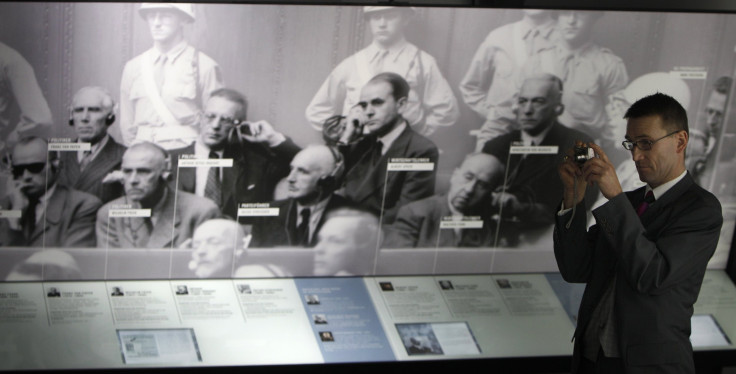Possible Argentina Nazi Hideout Found In Jungle Contained German Coins, Researchers Say

Researchers in Argentina are investigating whether a cluster of buildings set in a virtually “inaccessible” jungle was built for a Nazi hideout after World War II. The University of Buenos Aires archaeologists decided to explore the ruined structures due to local gossip that Martin Bormann, Adolf Hitler’s personal secretary, may have traveled there after the fall of Berlin.
A research team explored the ruins, located outside San Ignacio in Argentina’s northeastern Misiones province, and discovered several items in the buildings with links to 1940s Germany. The objects included German coins minted at the time and a type of porcelain made in Germany. Moreover, the site was built with architectural techniques unlike other structures found in the area, according to the BBC.
“We can find no other explanation as to why anyone would build these structures, at such great effort and expense, in a site which at the time was totally inaccessible, away from the local community, with material which is not typical of the regional architecture,” researcher Daniel Schavelzon told the Telegraph.
The buildings have walls nine feet thick and were completely hidden from sight, Schavelzon added in an interview with Clarin, an Argentine newspaper. “You’d never be able to find them if you didn’t know their exact location,” he said.
The archaeologists haven’t found any direct connections between the site and specific Nazi leaders, and they dismissed the notion that Bormann once lived in the hideout. Authorities in 1998 found a skeleton in Berlin with the Nazi official’s DNA. Instead, Schavelon’s team theorizes the Nazis build the hideout as a fallback option in case they needed to flee Berlin, but abandoned the site once they realized they could live openly in Argentine cities.
“Apparently, halfway through the Second World War, the Nazis had a secret project of building shelters for top leaders in the event of defeat – inaccessible sites, in the middle of deserts, in the mountains, on a cliff or in the middle of the jungle like this,” Schavelon told Clarin. “This site also has the bonus of allowing the inhabitants to be in Paraguay in less than 10 minutes.”
Thousands of Nazis, including SS leader Adolf Eichmann and the Auschwitz doctor, “Angel of Death” Josef Mengele, fled to Argentina after the war to escape prosecution for their complicity in the Holocaust and other war crimes. Former Argentine President Fernando de la Rua formally apologized in 2000 for the nation’s decision to provide haven to Nazi war criminals.
© Copyright IBTimes 2024. All rights reserved.












